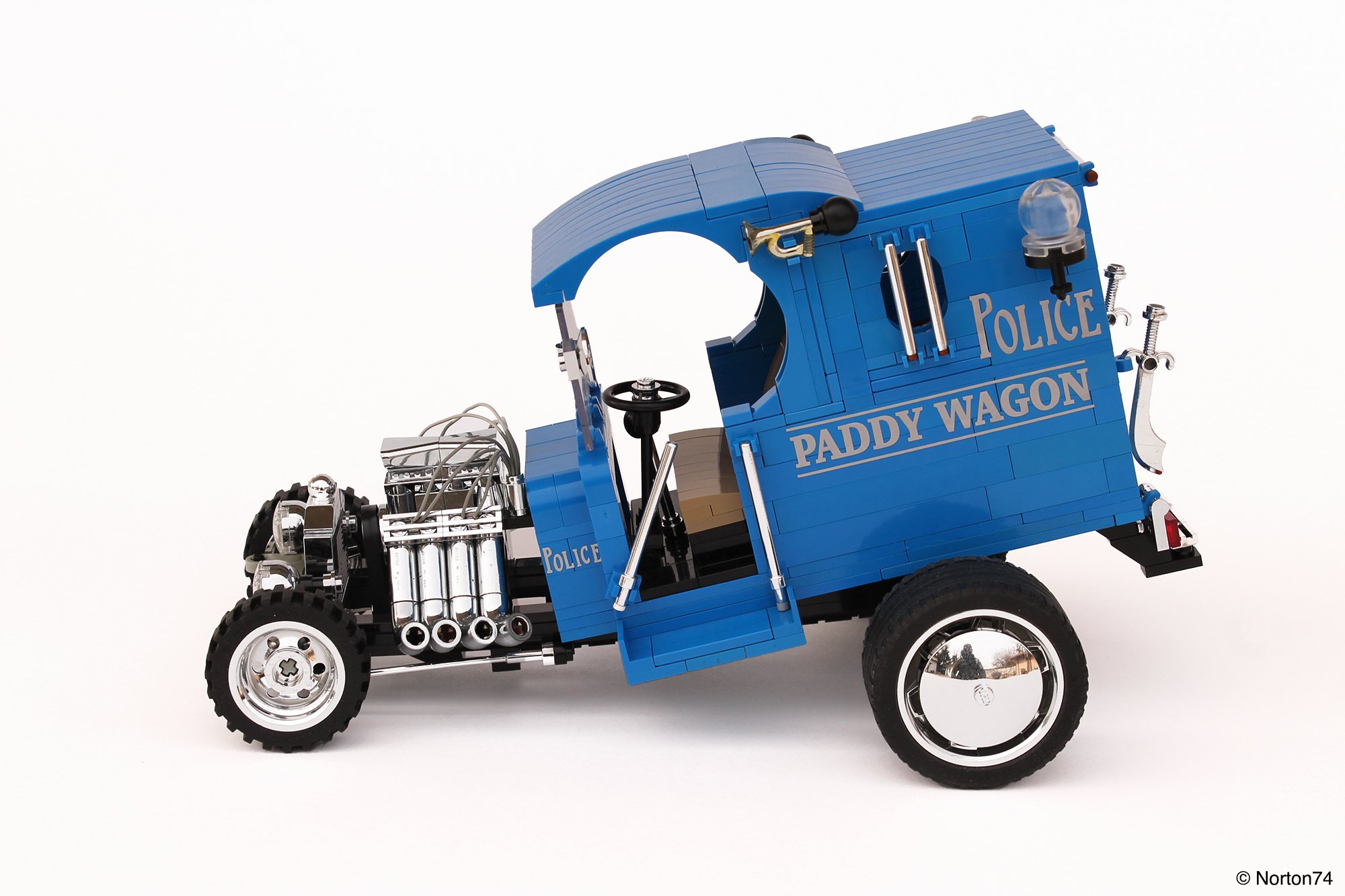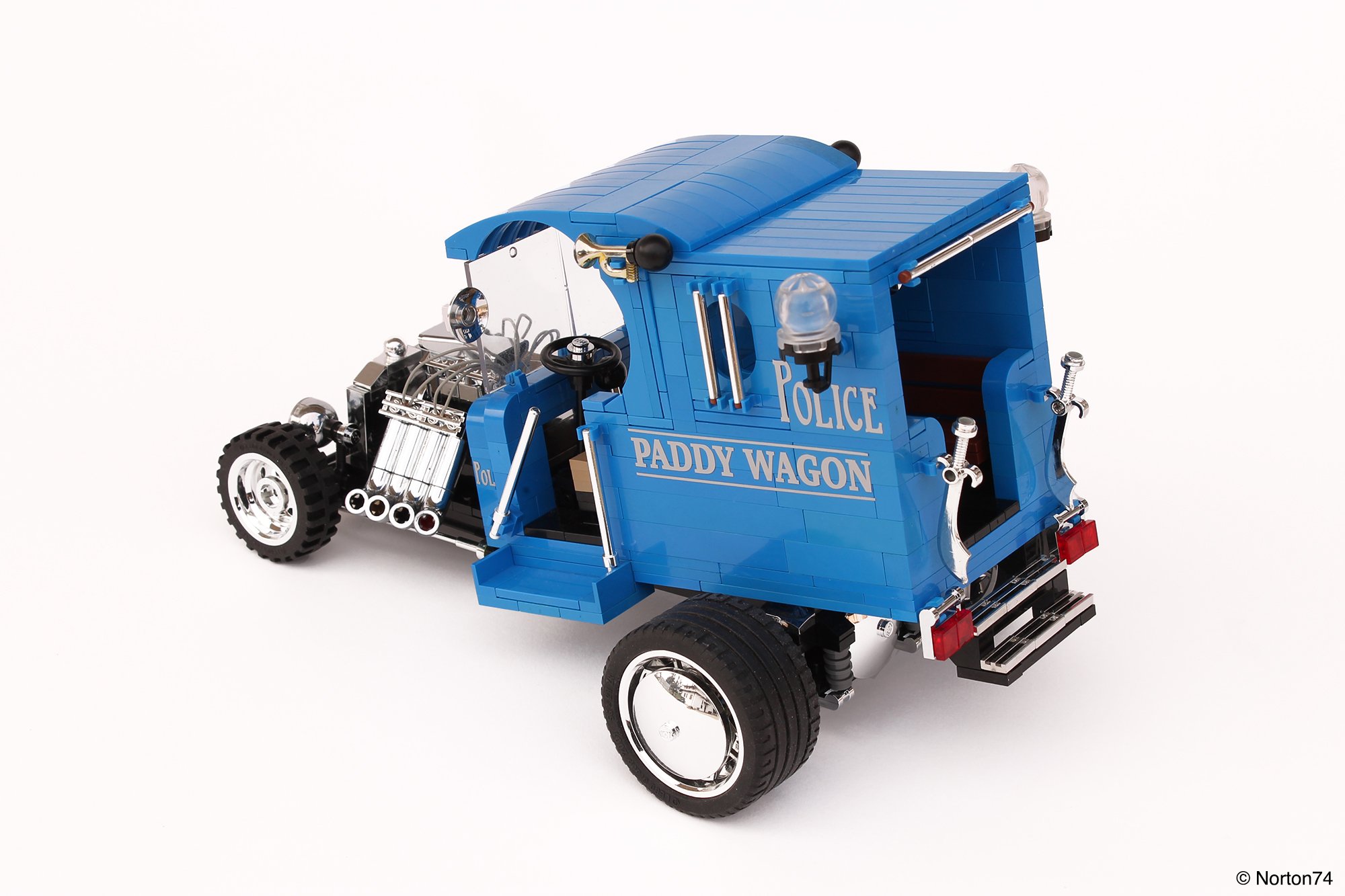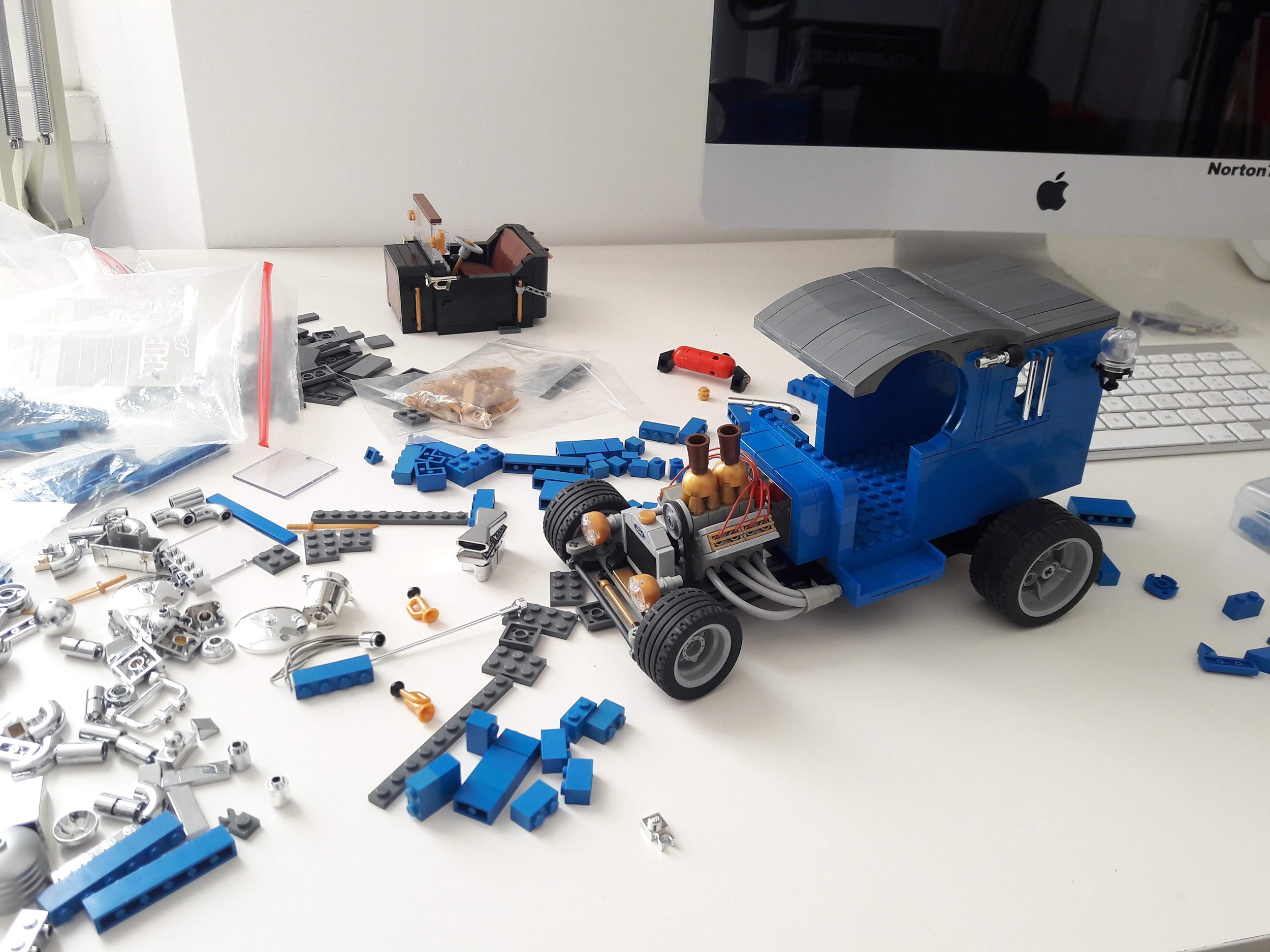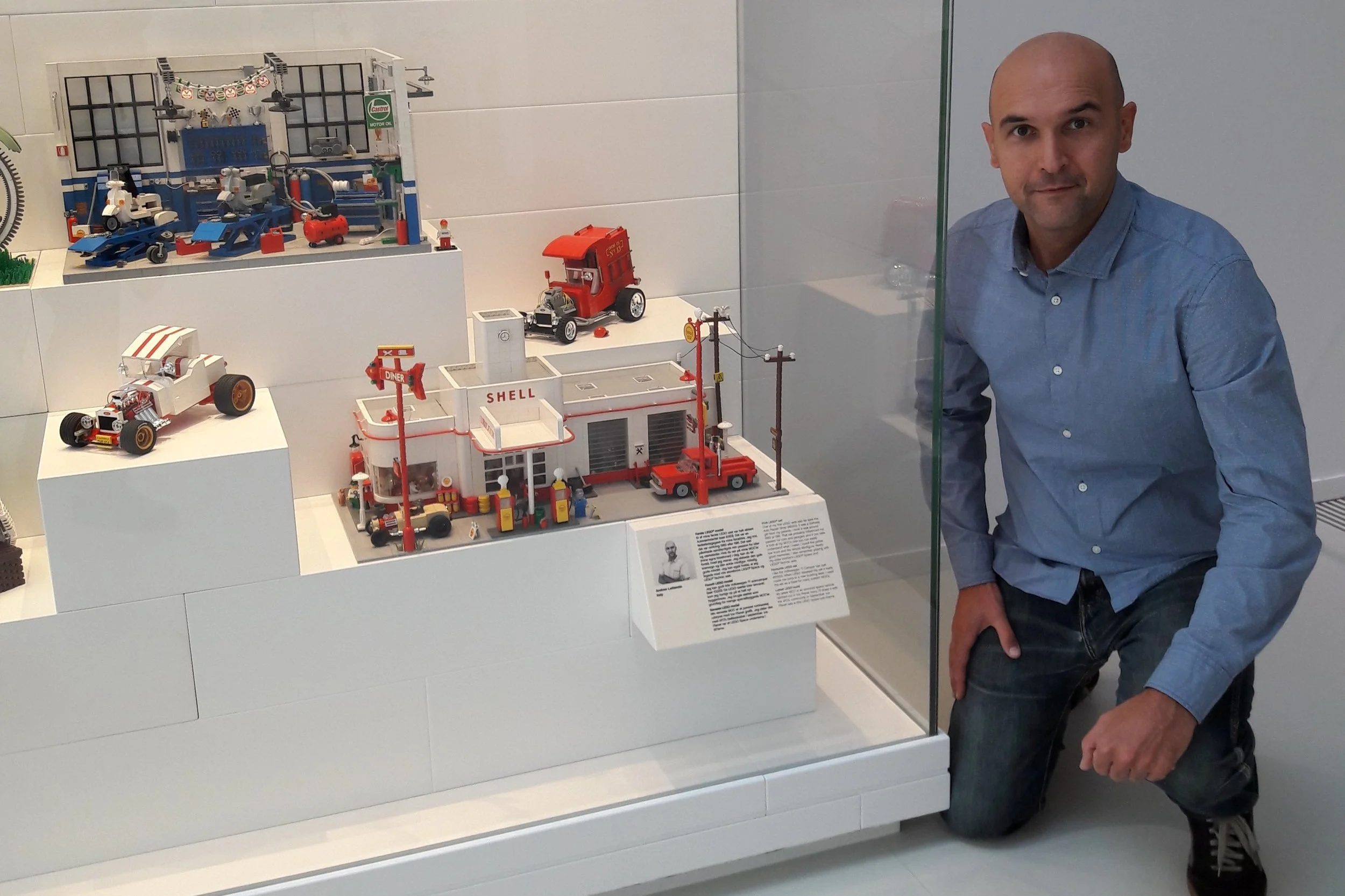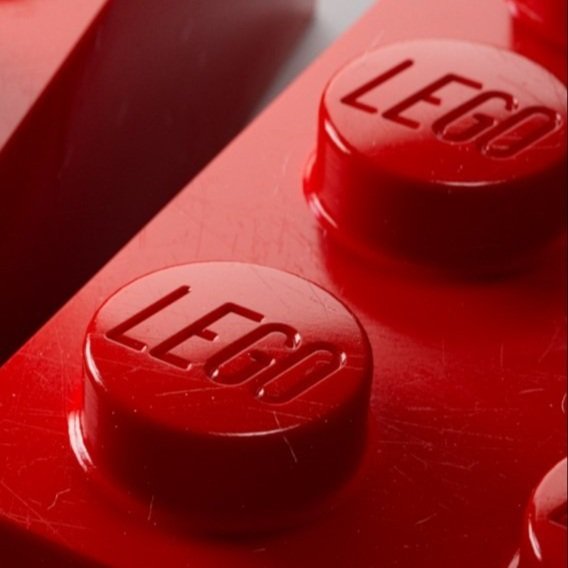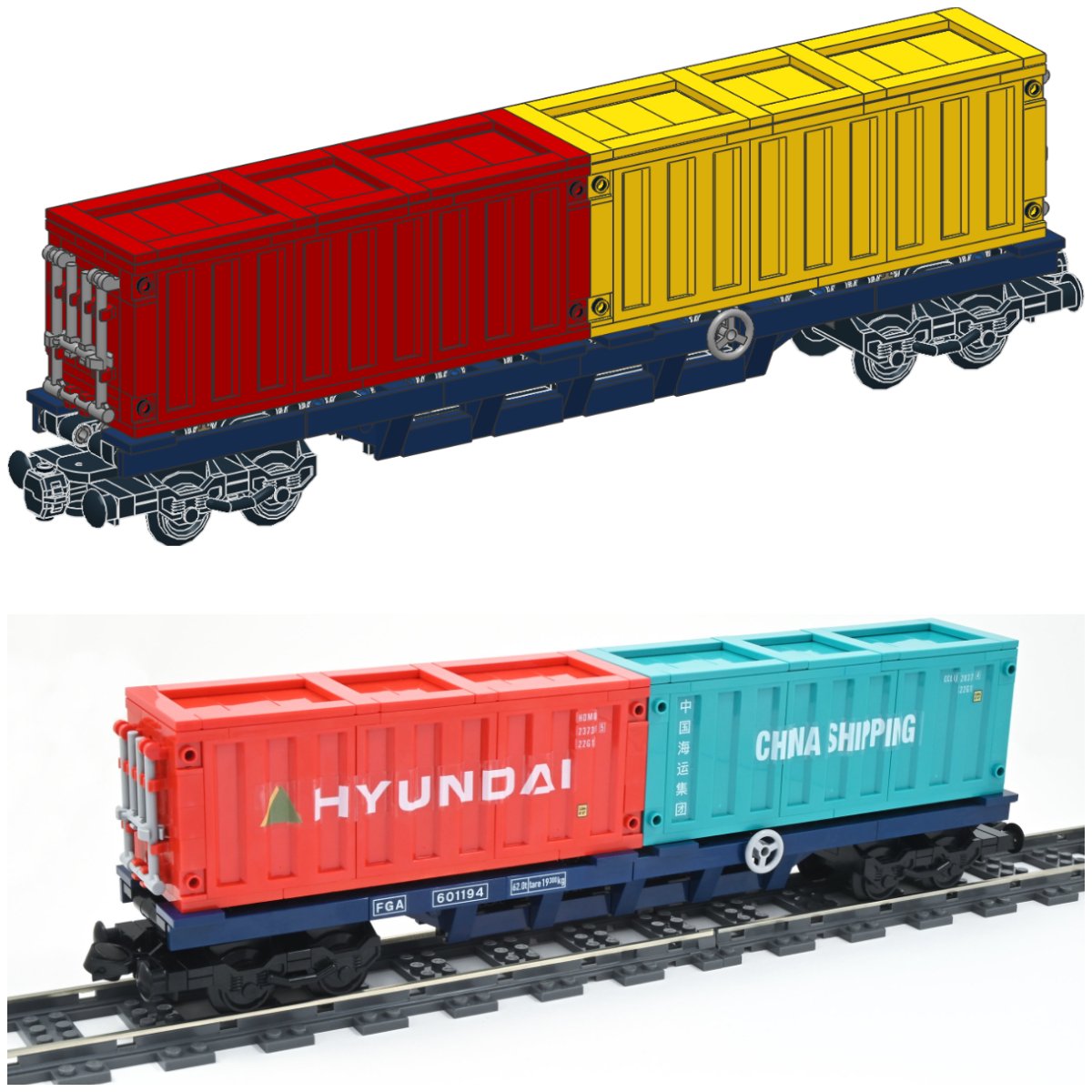Show Rods: Custom Chromed Cars Hotter Than Hot Rods
/Andrea Lattanzio (Norton74) is no stranger to BrickNerd, especially with his LEGO Ideas A-Frame Cabin recently becoming available to the world. In today’s guest article, he talks about Show Rods and the history of the creative cars.
During the 1970s in the United States, an unusual car trend began known as the “Show Rods” phenomenon. These kinds of cars, built from the ground up, were distinguished by unconventional design, brilliant colors and amazing craftsmanship. Their engines were extremely powerful, yet they rarely touched the road. In other words, these cars were meant to be looked at—not driven. Yes, Show Rods are quite paradoxical.
The men who created them were true artists, and their creations were true art. Probably the most famous custom car designer was George Barris. He was one of the pioneer customizers and has personalized automobiles for many Hollywood celebrities. The most famous car designed by Barris was the 1966 Batmobile for the Batman TV series and film, even released by LEGO as an official set. Even Ed “Big Daddy” Roth, reached cult status in auto show circuits and teen modeler circles with his outrageous cars and Rat Fink character.
LEGO and Show Rods: A Perfect Marriage
Show Rods are the perfect subjects to be built via LEGO bricks. And this is what I did in the past few years. With flowing streamlined designs, radiant colors, and bizarre shapes, they have everything that can be beautifully replicated with LEGO elements. While there are a lot of Hot Rod builders in our community (and I have built quite a few myself), only a handful have built true Show Rods, maybe because this car trend is a little bit forgotten. Here are a few of my Hot Rods for comparison:
I’ve actually had the pleasure to see my Show Rods published by BrickNerd when Tommy Williamson was still around. Tommy was, and probably still is, a huge fan of this kind of vehicle and, as was said about him in an old article, “A large portion of his childhood was dedicated to the construction of plastic model kits… the ones that really stand out were the Tom Daniel show rods from Monogram.”
Building A Show Rod
So fasten your seat belt, wear your helmet and start the engine: we’re ready to build a Show Rod following a few simple steps.
The first thing to do, as always, is to follow your gut feeling and choose one of the dozens of Show Rods that were built between the sixties and seventies. Are you wondering where to find the one that’s right for you? Take a look here—it’s an inexhaustible source of inspiration.
Once you have chosen the right model, you must identify the wheel that LEGO makes available to set the scale because that is the one part of the vehicle that can’t change scales. It’s starting from the wheels that you will build the rest of the model.
You can then create a sturdy frame on which you will house the engine and the cab. Since building with LEGO is a very time-consuming hobby I often use the same chassis and same engine for different Show Rods. The thing that will make the difference between one vehicle and another will be the cabin and of course the details.
The Show Rod engine is often a V8 and the crankcase is more or less always the same. You can choose which detail to insert above the engine to personalize it and make it different.
As they say, god is in the details... once you’ve built the cab with basic bricks, it’s time to really make the Show Rod your own by adding the details. This is the most fun stage where you can let your imagination run wild. Rummage through your loose LEGO pieces and you’re sure to find the right element to customize your crazy vehicle. And if you’re not a purist, don’t give up on the chromed parts and colored cables that make the engine even more realistic.
While the above is just an example of how a car can work on a chassis, now it is time to look at the actual Show Rods I’ve built over the past few years.
The Outhouse
Let’s start with my brand new Show Rod I built recently: the Outhouse. The antiquated-looking outhouse is a fun MOC with its California reddish brown wood cab, side lanterns, old fashion horn and even a furry seat. This is a replica of the California Show Rod from Bob Reisner which is shown on tours and in leading car magazines. The model is based on a 1924 Ford Truck Body with a 289 cubic inch Ford Cobra Engine.
The Outhouse is the kind of car that fits perfectly with my last LEGO creation. It’s a sort of cabin made of wood and my popularity is built mainly on wooden cottages like my A-Frame Cabin just released as an official LEGO Ideas set (one of the reasons I couldn’t resist building the Outhouse).
The Beer Wagon
Let’s jump back and take a look at my very first Show Rod, the Beer Wagon. The original vehicle was designed in 1967 by Tom Daniel, one of the most prolific Show Rod designers for Monogram, the well-known scale model manufacturer. It’s based on an antique Mack Bulldog chain drive rear end.
It features fat drag tires on the rear, chrome dog dish hubcaps, eight chrome pipes thru the hood, beer keg gas tanks, a beer keg between the seats, and a wooden load compartment. Tom Daniel’s Beer Wagon is for sure the wildest beer haulin’ drag machine all around.
The Paddy Wagon
The Paddy Wagon is another of Tom Daniel’s Show Rods designed in 1968. The Paddy Wagon features a nice C-shaped cab and some classic touches like chrome gold side horns, older-style drum headlights, a motometer radiator cap and more. It is definitely a timeless classic that was designed to be produced as a plastic model kit by Monogram.
For a little context, old-time police wagons were called “Paddy Wagons” probably because most cops in those days were Irish. Paddy is a slang term for Irish, hence St. Paddy’s Day, though it unfortunately has been used as a negative slur as well.
I hope no one takes offense at the term “Paddy Wagon”. I invite you to read what TBB contributor Lino Martins wrote about the name of this Show Rod when he featured it back in 2019. Lino is also a great Show Rod expert and helped me get to know this magical world on four wheels.
The Fire Truck
This crazy contraption is the well-known “Fire Truck”, a Show Rod designed in 1967 by the legendary Chuck Miller.
Miller founded Styline Customs in Detroit in the late 1960s, specializing in building custom and concept cars designed to attract attention and win awards. One of his major successes came at the 1968 Detroit Autorama where he won the prestigious Ridler Award with the Fire Truck.
Back in 2012, the Fire Truck was sold by RM Auctions. Here is the description from the auction house:
“The C-Cab Fire Truck played off several popular elements from the era, including every young man's enthusiasm for fire equipment, the booming T-bucket craze, a recurrent show car practice that Street Rodder magazine called "Wacky Show Rods," and the enduring popularity of the early "C-Cab" Model T trucks. Combining these themes, Miller built a delightful rendition with a single-monocle windscreen, tiller steering, a small-block V-8 engine with a "dummy" blower, competition-themed American mag wheels, drilled ladder bars, and "pie crust" drag slicks.
Other stylistic elements include abbreviated wooden ladders, gold leaf side lettering, rear-only brakes, drum headlights, vintage Model T taillights, a winged Moto-Meter radiator cap, and a roof rack. Not intended for street use, the Fire Truck was designed and built with just one purpose: to win custom-car shows.”
My version of the Fire Truck was displayed at the LEGO House back in 2018 when I was invited by to show some of my creations at the Masterpiece Gallery. Really good memories!
I hope this article inspires you to build a Show Rod of your own! If you want to know more about these amazing vehicles, I was able to connect with the two epic car designers I mentioned Tom Daniel and Chuck Miller and had the chance to interview them about their history and the secrets of their crazy vehicles. They are a fun interview for gearheads and LEGO fans alike.
Which Show Rod would you most like to see built out of LEGO? Leave your thoughts in the comments below.
Do you want to help BrickNerd continue publishing articles like this one? Become a top patron like Charlie Stephens, Marc & Liz Puleo, Paige Mueller, Rob Klingberg from Brickstuff, John & Joshua Hanlon from Beyond the Brick, Megan Lum, Andy Price, John A. and Lukas Kurth from StoneWars to show your support, get early access, exclusive swag and more.



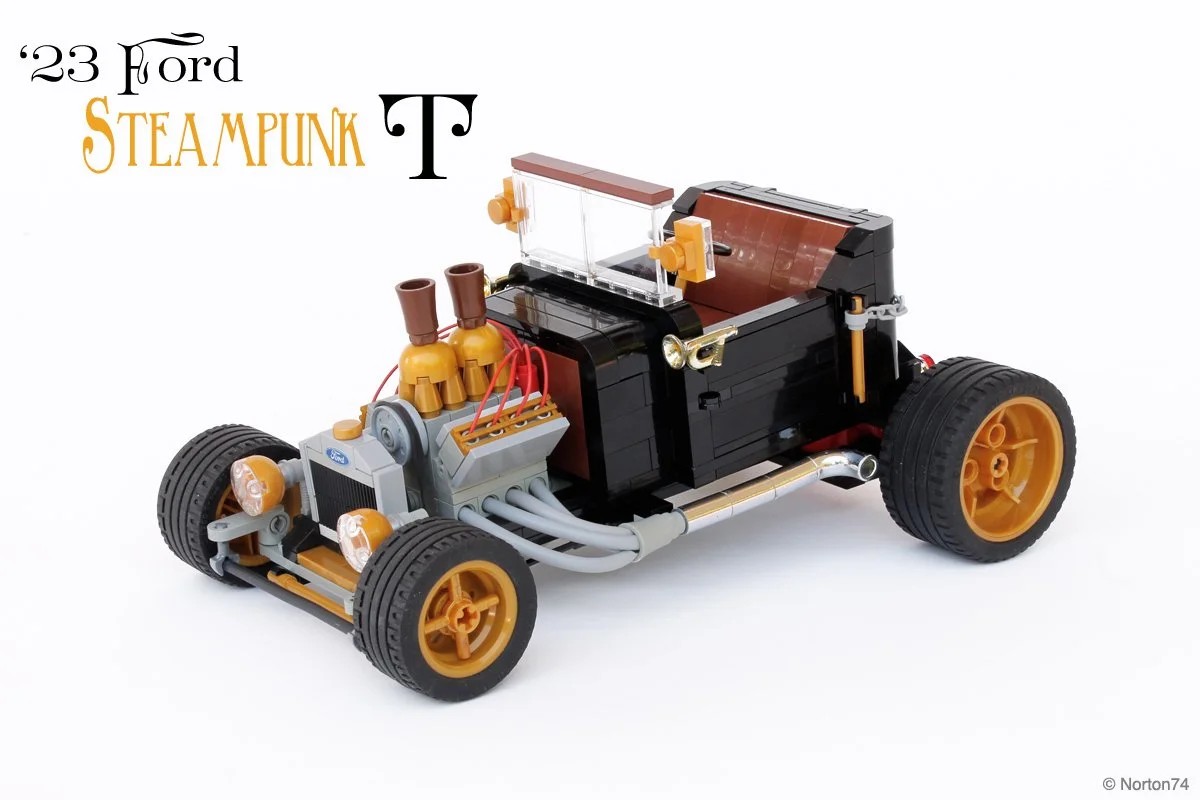







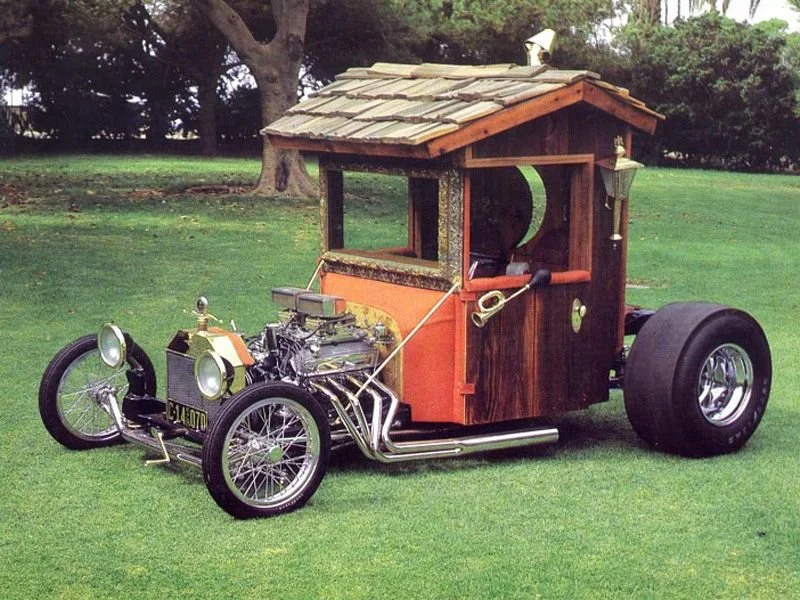

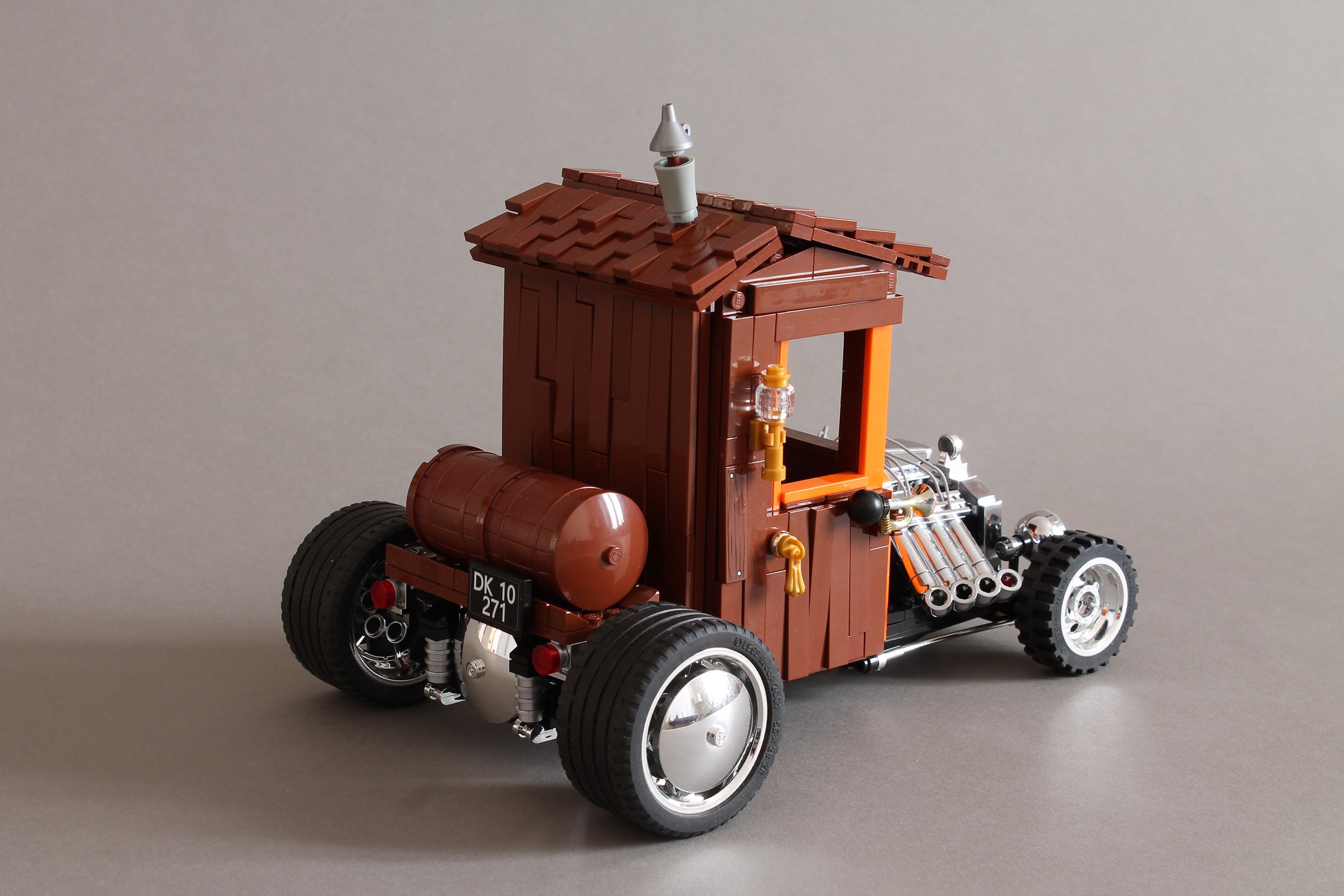

![Monogram_BeerWagon[01].jpeg](https://images.squarespace-cdn.com/content/v1/51967abae4b0fe8d0161031f/1677049805216-0L3XMT5AJEPUWDWO323P/Monogram_BeerWagon%5B01%5D.jpeg)






